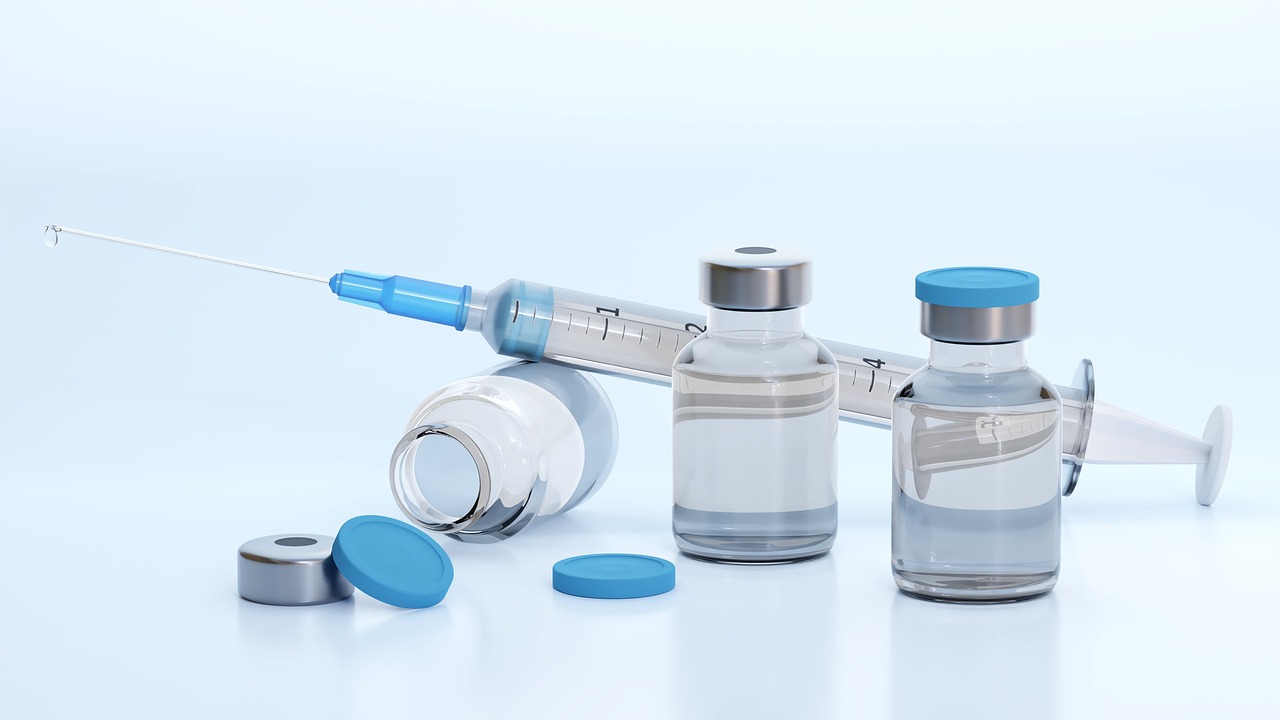Dry Needling has quickly become one of the most sought-after treatments for chronic pain and muscle dysfunction, due to its noninvasive, easy learning process and low risk of complications.
Before beginning dry needling as therapy for your condition, it is essential to be aware of its advantages and disadvantages.
Acupuncture
Acupuncture is an alternative form of medicine in which needles are inserted into the skin and muscles to relieve pain and reduce blood pressure, nausea and vomiting after surgery or chemotherapy treatments. Acupuncture has also proven safe and effective against anxiety depression addiction as well as menstrual cramps – among many other conditions.
Dry needling is similar to acupuncture in several respects. First, dry needling is less invasive than its counterpart and therefore causes less discomfort; nonetheless, having needles inserted into your muscles may still feel a little uncomfortable – perhaps like pinpricks or deeper aches; in some cases it even induces muscle twitch responses in patients.
Dry needling (FDN) can improve mobility by targeting and breaking down trigger points in muscles to relax them and increase range of motion (ROM). FDN therapy is usually administered by physical therapists trained in musculoskeletal manual therapy and combined with an appropriate therapeutic exercise program for optimal results.
Trigger Point Therapy
A sterile needle is used to penetrate muscle in the area of a trigger point and produce a localized twitch response that indicates its location. A therapist may use either “pistoning” or a quick in-and-out approach with dry needle to penetrate and cause such a response in their client.
Dry needling is an effective pain treatment for myofascial dysfunction, when used alongside other modalities like manual therapy and exercises. Research has demonstrated its ability to improve pain levels, range of motion and overall quality of life.
Trigger points are small knots of muscle tissue that appear like marbles underneath the skin, sensitive to touch, which refer pain from one part of your body to another causing widespread myofascial pain syndrome aches and pains. They can also limit proper movement or posture leading to chronic discomfort.
In 1942, Janet Travell noticed that almost every patient she saw presented with painful areas in their skeletal muscles. After extensive investigation of these sensitive spots, Travell found they were marked by involuntary spinal reflexes known as twitch responses that, when needled for pain relief and muscle changes, can provide positive change within minutes.
Functional Dry Needling (FDN)
FDN (Flat Needle Needling) is an alternative treatment method using thin solid filament needles to deactivate trigger points (knots in muscles) and restore muscle function, thus relieving pain and improving mobility – helping you return to being the person that YOU were meant to be!
FDN differs significantly from traditional Chinese acupuncture in that it is performed by physical therapists trained specifically in this technique. While they share similar tools, there can be significant variations between their evaluation processes, medical diagnoses, and treatment plans.
FDN utilizes a sterile needle to penetrate muscle tissue, inducing biochemical changes both locally and distantly. It increases blood flow, activates healing inflammatory markers for healing purposes, decreases muscle tightness/adhesion/tightness/adhesion/tightness/sensitivity as well as pain by decreasing muscle sensitivity. FDN may also improve range of motion by restoring length-tension relationships for efficient muscle contraction.
Though needle insertion may feel uncomfortable for most patients, the discomfort is temporary. When muscles have been compromised due to injury or illness, their shortening fibers can produce pain and contribute to dysfunction in muscles and joints – this is why visiting a licensed physical therapist to evaluate your condition will determine if functional dry needling could help! Contact us now and set up a visit!
Myofascial Release
Dry needling (also known as trigger point therapy) has gained in popularity for its ability to enhance muscle function and relieve pain. As a minimally invasive treatment option, it can be used alone or combined with other approaches; furthermore, its cost effectiveness, ease of learning with proper training and low risk of complications make it attractive.
Myofascial tissue, composed of tight muscle fibers that are hyperirritable and may cause pain, is targeted with needle insertion. Electrical stimulation often enhances effectiveness by making muscles contract and relax simultaneously.
Typically, sessions last about 20 minutes and patients typically report feeling either a slight or moderate prickling sensation during this phase of the process. Although some find the discomfort unbearable at times, most agree it’s worth persevering through to experience their knots unravel.
Myofascial release performed by an experienced physical therapist can significantly improve muscle function and decrease pain for athletes and others suffering from chronic musculoskeletal conditions, while also serving to enhance alignment before surgery or sports competitions. But it should be remembered that myofascial release alone should not serve as a treatment solution, rather it must form part of a comprehensive treatment plan including other forms of therapy, medication and lifestyle modifications.
